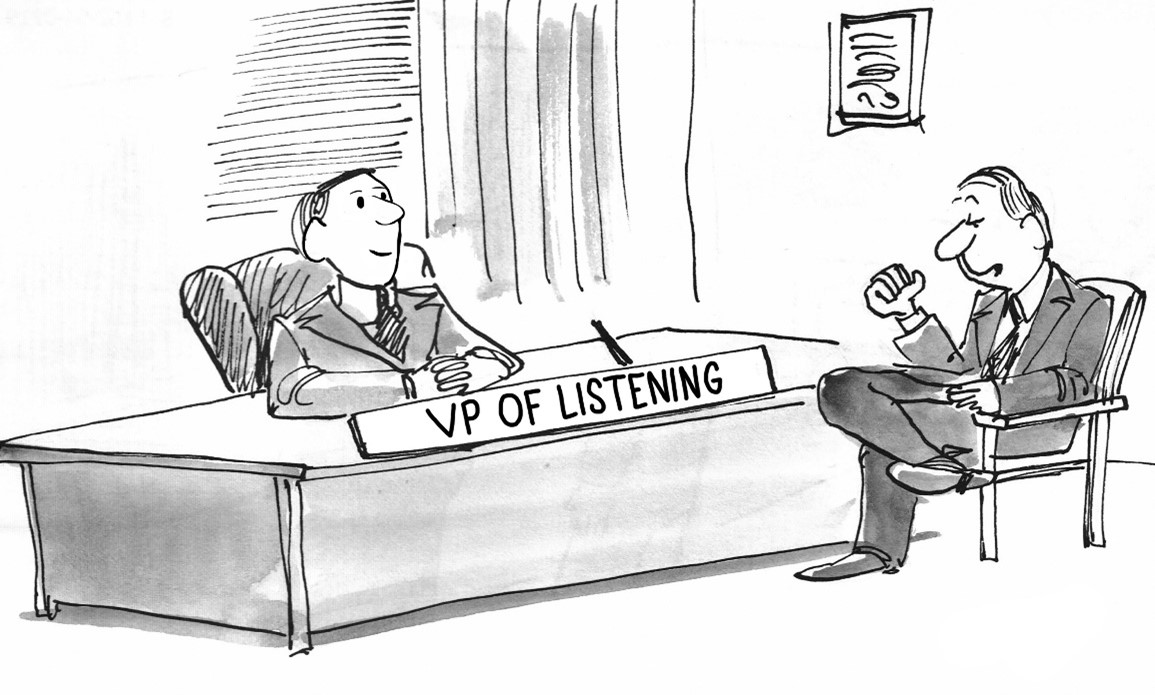
Using your brand to generate more patients, increase retention, and recruit top talent!
Promoting your brand has not been an important or even viable method of marketing for most chiropractors.
But that is no longer true.
Brand marketing needs to be part of your marketing mix. I will tell you why, but first, let’s define our terms:
Brand marketing is different from direct response marketing. Brand marketing focuses on generating awareness of your office, while direct response aims to generate new customers.
A smaller business with limited resources must focus on direct marketing rather than brand marketing. This is especially important when you begin.
Once your practice is maturing, your patients know you. You are the brand. You probably don’t plan on growing the business any further so there doesn’t seem to be any real need to promote your brand in the community.
But now there is.
More competition for patients
Franchise health companies are stepping up their activities. For example, the Joint Chiropractic, which filed with the SEC for around $35 million 10 years ago, and is a public traded company, acquired an additional 7.5 million in funding just two years ago. Their website says they have more than 600 locations, and I have seen their marketing activities in Wisconsin.
Physical therapy franchises are spreading, such as FYZICAL. According to its website, it has grown to more than 448 locations in 7 years as of 2021. In addition, acupuncture franchises, massage franchises, and dental franchises are on the rise.
Competition for Qualified Employees
You can also see increased competition if you have been recruiting doctors, providers, or support personnel lately. Job seekers can acquire a startling amount of information about you and what it is like for employees to work with you. They are interested in your culture, benefits, and values – which are all part of your brand.
What Makes You Different and Better
It could be said that your brand is: what makes you stand apart — and better – from all the comparable alternatives.
It is your Unique Selling Proposition.
A well-defined and promoted brand will help you:
- Generate pride and loyalty in your patient base
- Encourage more patient referrals
- Improve team morale
- Generate referrals from external referral sources
- Improve marketing recruitment efforts for top employee talent
How to Define Your Brand
Once again, it all goes back to goals. (Doesn’t everything?)
What is the mission of your office? What are its values? What are its valuable outcomes?
This Is a Distillation Of Your Story: why you are a doctor, why you are in business, and what brings you joy daily?
Answer this for yourself, and then ask your staff:
What makes us special?
Survey a few of your patients: what makes us special from other providers? Why did you choose us?
Your brand showcases all this into an identity that people can know, like, and trust.
It can be somewhat symbolized with a logo and tag line, like the Nike “shoosh,” and the tag line: “Just Do It.” It can be represented in your newsletters, your office decor and cleanliness, the appearance of you and your team, and in all aspects of your promotions on social media.
But primarily, it must be demonstrated each day by you and your team living up to your values, your commitment to your mission, and providing world-class service and outcomes.
The world is moving faster, and we all have to work to stay ahead. And if we do it right, not only will it be rewarding but also fun.
Carpe Posterum (Seize the Future)
Ed
Need help with your branding strategy? Schedule a call and let’s have look at the best strategic options
SCHEDULE NOW


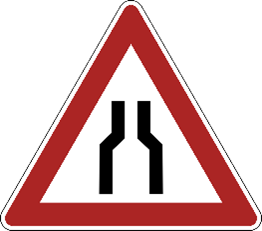
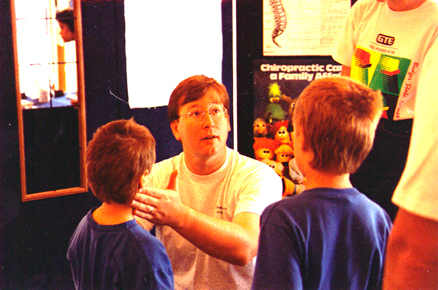

 Here in the United States, July 4th is a date we celebrate each year, commemorating the independence as colonies from Great Britain.
Here in the United States, July 4th is a date we celebrate each year, commemorating the independence as colonies from Great Britain. Used to be a popular TV program called Cheers back in the 80’s. It was modeled after a bar in Boston with the same name. As a situational comedy, Cheers presented a familiar group of customers who came to the bar to have a drink, but also to relax, socialize, and have good cheer.
Used to be a popular TV program called Cheers back in the 80’s. It was modeled after a bar in Boston with the same name. As a situational comedy, Cheers presented a familiar group of customers who came to the bar to have a drink, but also to relax, socialize, and have good cheer.

 Action Step: Regularly review the mission for everyone’s job, including your own, with the outcomes it needs to produce. Keep higher-level and lower-level goals connected.
Action Step: Regularly review the mission for everyone’s job, including your own, with the outcomes it needs to produce. Keep higher-level and lower-level goals connected.
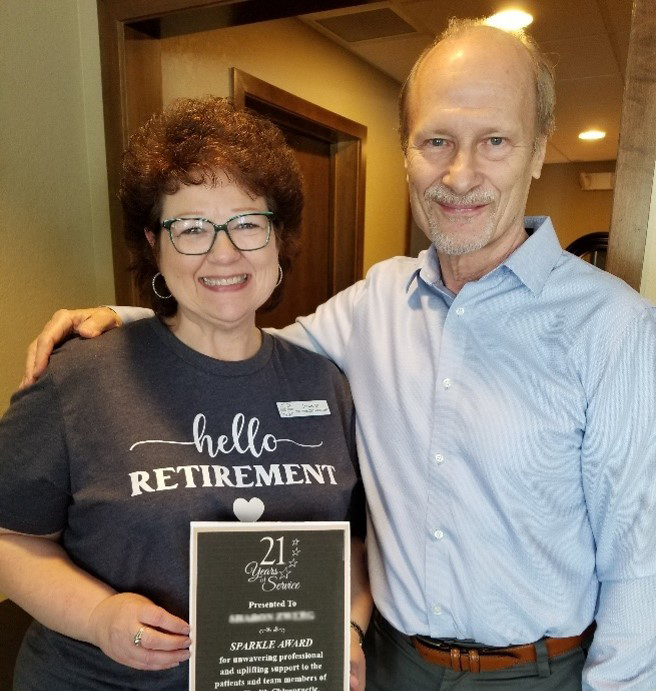 While she indeed does “sparkle,” so does the entire practice. And the sparkle of this office is a byproduct of its synergy.
While she indeed does “sparkle,” so does the entire practice. And the sparkle of this office is a byproduct of its synergy.

 “Call your mom!”
“Call your mom!”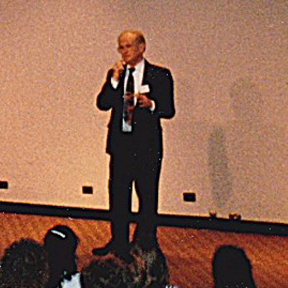
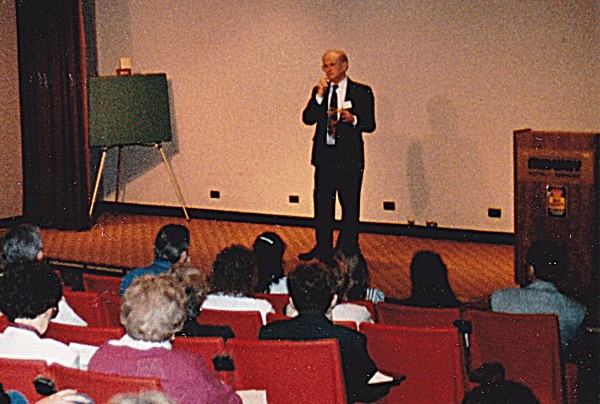
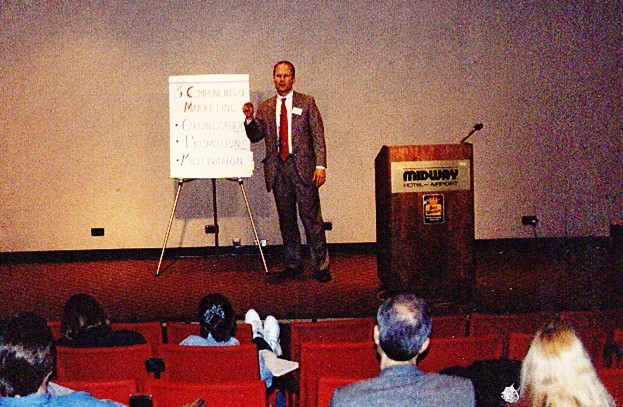
 On occasion, you may need to hire a new team member. We always help our clients with hiring and “onboarding” new employees on our major consulting programs.
On occasion, you may need to hire a new team member. We always help our clients with hiring and “onboarding” new employees on our major consulting programs.

